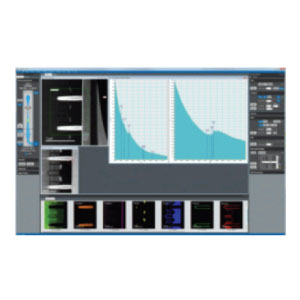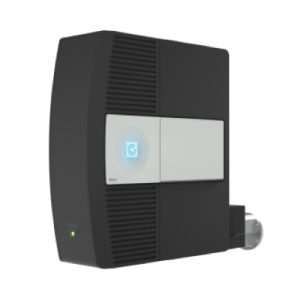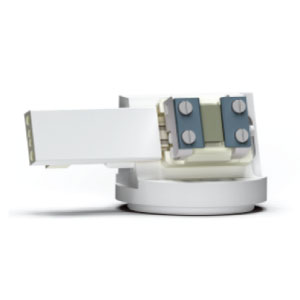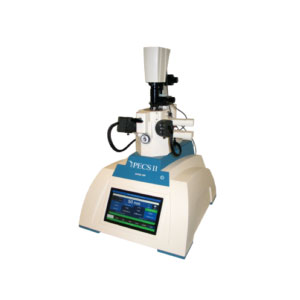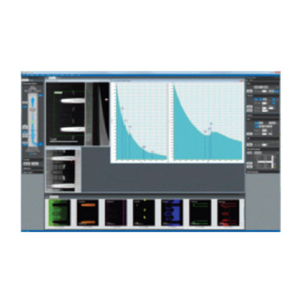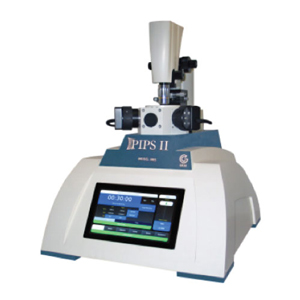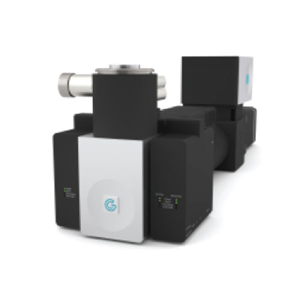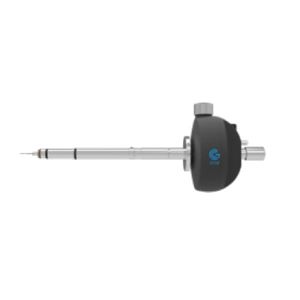Abstract
Large interfacial resistance plays a dominant role in the performance of all-solid-state lithium-ion batteries. However, the mechanism of interfacial resistance has been under debate. Here, the Li+ transport at the interfacial region is investigated to reveal the origin of the high Li+ transfer impedance in a LiCoO2(LCO)/LiPON/Pt all-solid-state battery. Both an unexpected nanocrystalline layer and a structurally disordered transition layer are discovered to be inherent to the LCO/LiPON interface. Under electrochemical conditions, the nanocrystalline layer with insufficient electrochemical stability leads to the introduction of voids during electrochemical cycles, which is the origin of the high Li+ transfer impedance at solid electrolyte-electrode interfaces. In addition, at relatively low temperatures, the oxygen vacancies migration in the transition layer results in the formation of Co3O4 nanocrystalline layer with nanovoids, which contributes to the high Li+ transfer impedance. This work sheds light on the mechanism for the high interfacial resistance and promotes overcoming the interfacial issues in all-solid-state batteries.
Read More: https://onlinelibrary.wiley.com/doi/abs/10.1002/adfm.202103971


